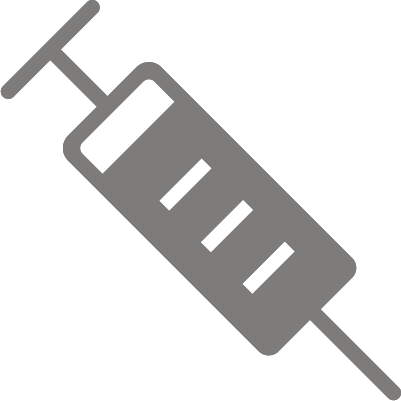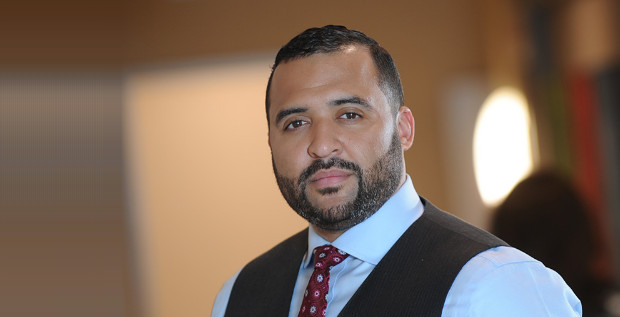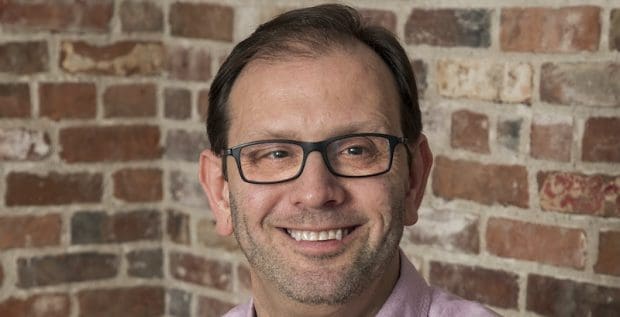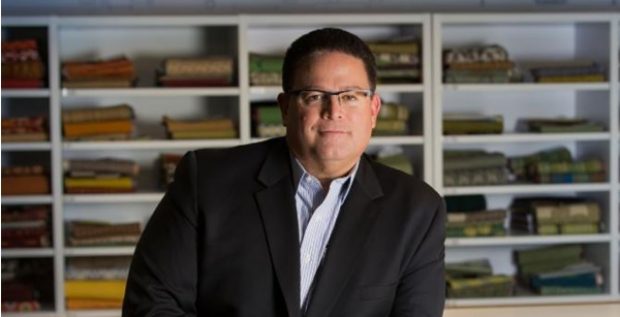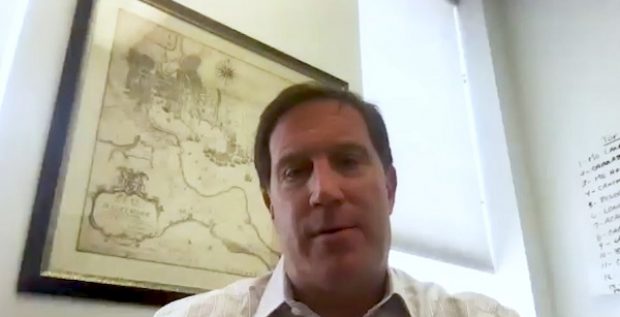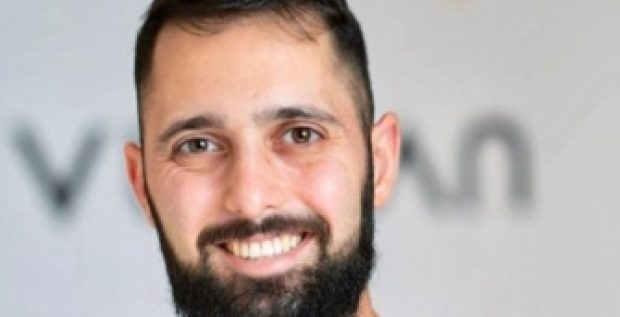Paula Swain is Executive Vice President of Human Resources at Incyte Corporation, a pharmaceutical company based in Wilmington, Delaware. Founded in Palo Alto, California in 1991, Incyte has grown into a $1.5 billion firm that employs hundreds of people and serves patients around the world. Incyte’s pharmaceutical products and research are focused on innovative solutions in oncology therapy. The company’s flagship drug, Jakafi (Ruxolitinib), has been approved by the US Food and Drug Administration (FDA) for the treatment of a bone marrow cancer known as myelofibrosis, as well as polycythemia vera.
EDWIN WARFIELD: Can you tell us about your background?
PAULA SWAIN: I began my career in human resources. I actually grew up and lived in Kansas City, Missouri. When I moved to Delaware, the places that were hiring were banks. I ended up working for Chase Manhattan Bank and managed all of their HR functions in the Delaware location.
While there, I got a call from someone about a job in pharmaceuticals as an HR person. I had never done that before, so I thought, “You know what? Let’s go for the interview and see what happens.” That’s how I ended up at DuPont Pharmaceuticals. I spent 10 years there, started out supporting the R&D groups, and then moved into taking over the HR for the whole company.
In 2002, DuPont Pharmaceuticals was acquired by Bristol-Myers Squibb. I had an opportunity to move with them, but chose to take the job with Incyte because it was a startup. The company was established, but they really were starting over—it was almost a reboot—and becoming a fully integrated biotech company. I was asked to help join with the CEO. I was the third person hired at Incyte. I’ve been there 16 years.
With Incyte being a small company, what ended up happening is you know I headed up HR but it was like, “Who can take on facilities?” And so I got tapped for facilities, started managing facilities for the company, and then as we’ve continued to grow, I took on other responsibilities: environmental health and safety, as well as internal communications. So, I’ve had an expanded role. And a few years ago we founded our Incyte Charitable Giving Foundation, which I started up for the company, and I took that on as well.
So, HR is still my primary role but we’ve also done quite a bit of building. We’ve built some buildings and established a campus. I’ve been responsible for that growth as well. It’s been a really interesting 16 years—to see the company go from 70 people to about 1200, and we’ve set up global offices as well. We’re in Europe as well as Japan.
Q. Let’s talk about building the company over those 16 years. How did Incyte begin, and what led to its extraordinary growth and development?
A. The company was started as Incyte Genomics back in the late ‘80s. The company did great all through the ‘90s. The model was very successful. They had established a database that housed genomic information. If you think back to the ‘90s, that was the time period where gene therapy was supposed to really be taking off.
Around the year 2001, there started to be a little bit of consolidation in the pharmaceutical industry which impacted Incyte. The board decided to take a look and figure out what the business model should be: “Is this sustainable or not?—they started to see revenues declining—And ultimately they made the decision that they wanted to have Incyte completely change the model and become a fully integrated biotech company, where we would discover, develop, and commercialize our own products, and hopefully have you know products that said “Incyte” on the label.
In order to do that, they needed a new CEO. They recruited our first CEO from DuPont Pharmaceuticals: Paul Friedman, who was the head of R&D at Dupont. They recruited him to take on this role. He lived in Delaware. He knew that a lot of us who worked for DuPont Pharmaceuticals might be interested in joining him, so he convinced the board to start that business in Delaware. That’s really how we got started.
We ran both sites for about three years and then we sold the database business off, but that helped us to become almost a startup within an established company. I think a lot of people don’t know that that helped give us a head start, because we had revenue coming in, we had cash in the bank, and that it helped fund the discovery operation.
With that first group, we had the opportunity to decide how we wanted to build the company out, and so we set up some kind of basic principles. We said that we really wanted to look for first-in-class compounds, so new classes of drugs. We wanted to look for unmanned medical needs, we wanted to help patients who did not have any treatments. We felt the most opportunities were going to be in oncology and inflammation. That’s really how we started.
It evolved from that. I think our first big break is when our head of pharmacology presented us the JAK kinase inhibitor class of drugs as a target for us to have. There was no other approved drug in that class. We took that on and we developed two separate drugs—one for oncology, which is Jakafi, which is our marketed product here in the US; and Baricitinib, which is the other, which is marketed under Illuminate by Lilly. When you look at things like myelofibrosis, when approved in 2011, it was first to treat the disease, which is a blood cancer, and then it also received approval in polycythemia vera in 2014. Those two were first to treat the disease, first in class in oncology. There is still no competition for Jakafi at this point. It’s been a really great drug and helped a lot of patients with those two rare diseases.
Connect with Paula on LinkedIn
